From shampoo scientist to turtle saver: WWF’s Maggie Ka Ka Lee is turning science into action for the planet
Once a formulator for global beauty brands, Maggie Ka Ka Lee now leads World Wide Fund for Nature’s impact work across the Asia-Pacific. Here’s how she’s making science, strategy and storytelling work for a wilder, greener world.
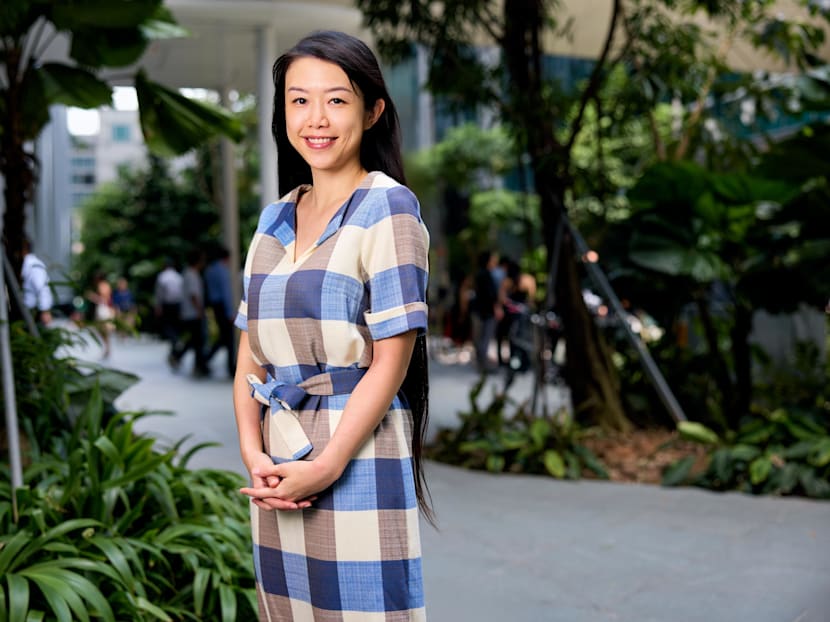
Maggie Ka Ka Lee says fighting climate change and protecting the planet isn’t only about strategies, it’s also about hearts and young minds. (Photo: CNA/Dillon Tan)

This audio is generated by an AI tool.
Whether you’re doomscrolling on TikTok or catching up on the nightly news, chances are your feed is already filled with climate chaos. In recent months, the crises have grown more urgent: Tokyo was drenched by record rains, Sydney endured one of its wettest Augusts ever, and Bangkok’s streets turned into rivers overnight. Each incident was a salient reminder that the weather is no longer just unpredictable, but extreme.
Then came Super Typhoon Fung-wong in November, which tore across the Philippines and forced the evacuation of more than a million people. The storm unleashed flash floods, landslides, and destructive storm surges, leaving communities reeling.
It was in Phuket, Thailand, at the annual PHIST (Phuket Hotels for Islands Sustaining Tourism) Forum where I met Maggie Ka Ka Lee – environmentalist and World Wide Fund for Nature (WWF) International’s Regional Head for Asia Pacific, Impact, Monitoring & Reporting.
For Hong Kong-born, Canada-educated, Singapore-based Lee, 42, the fight against climate change isn’t just about charts and strategies. It’s also about hearts and young minds. She’s the author of two eco-ethics children’s books: What Happened To The Fish In The Lake? (2023) and How Did All the Rubbish Get Here? (2024).
And she’s quick to point out the often-overlooked role of women in shaping sustainability.
“We used to see a lot of white men as conservation directors. But now, more than ever, we see women of colour, of different ethnicities, stepping up as leaders,” she said on a Zoom call from Bangkok a few weeks after PHIST.
THE MISSION SHE CHOSE TO ACCEPT
Lee spends most of her time in Singapore, with occasional stints in Bangkok to tend to personal matters. Her name itself tells a story of adaptation. “Ka Ka is my birth name, Anglicised from Cantonese. But it means ‘poop’ in many languages, so I chose to name myself Maggie instead,” she said, chuckling.

At WWF International, Lee is working behind the scenes to keep one of the world’s most influential conservation organisations accountable.
Its mission is deceptively simple: To stop the degradation of nature and ensure humans and wildlife can coexist in harmony. Its focus spans forests, freshwater, oceans, food, climate change, and wildlife. And its approach blends science, innovation, and partnerships to craft lasting solutions.
Lee’s own remit is sprawling – from Fiji in the east to Kazakhstan in the west. “I provide them with what they need in terms of monitoring their own impact,” she said.
That urgency becomes visceral at forums like PHIST. “Every year, PHIST rekindles our passion for sustainability,” she said. “But it also reminds us: Phuket [and other resort islands] don’t have unlimited resources. We’re always this close to the next disaster.”
She recalled her time in Hong Kong, where people would “pray” for typhoons to get a day off work. “Hong Kong has the infrastructure to withstand typhoons. If such storms hit western Guangdong, or places like the Philippines or Vietnam, people would die, homes would be destroyed.”
That sobering reality keeps her grounded.
THE ROAD TO BECOMING A “TURTLE SAVER”
For much of her early career, Lee admits she wasn’t thinking about a higher purpose. “I was just working without an end in sight,” she told CNA Women. “You’re happy with what you’re doing, but you’re not really thinking much about it.”
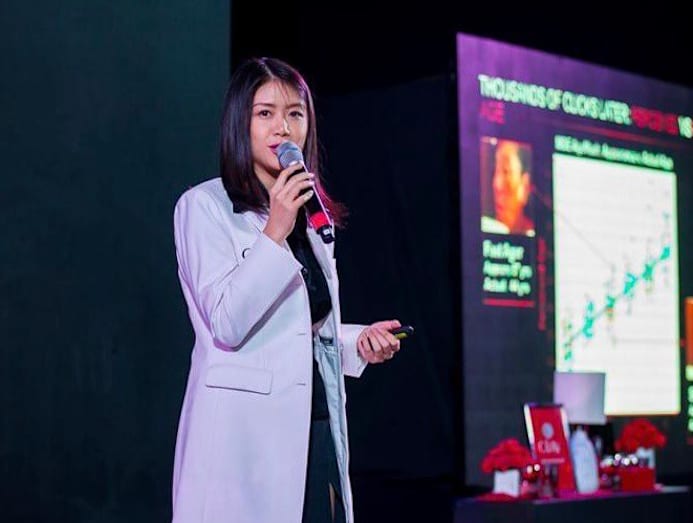
She trained as a food scientist, then pivoted into cosmetics when Procter & Gamble (P&G) divested Pringles (potato crisps) in 2012. But two key instances – her so-called “aha” moments – shifted her path.
The first came in 2006 on her very first business trip to Tasmania, Australia, with Japan’s Aeon Group. Fresh out of university and thrilled by the prospect of travel, she found herself at an abattoir observing how cows were processed for meat.
“I was just a happy 23-year-old thinking, yay, free trip. But then you see the scale of it: The cows eat so much, drink so much, and all that grain has to be shipped in from elsewhere. And for what? For us to chew for 15 seconds and swallow.” The realisation stuck.
The second came nearly a decade later in 2015, while working at P&G in Singapore. “Every step of my career, I saw the humongous impact these large organisations were having on the planet. Do we know how much detergent, shampoo, and skincare go down our drains every day? Or how much of the plastic packaging ends up in the sea?”
Do we know how much detergent, shampoo, and skincare go down our drains every day? Or how much of the plastic packaging ends up in the sea?
She added: “That S$5 shampoo doesn’t cover the cleanup. That plastic bottle may drift in the ocean forever, affecting other life forms – and we don’t see it.”
Those invisible consequences became impossible for her to ignore. And so began her journey from scientist to environmentalist.
THE VIRAL VIDEO THAT CHANGED THE COURSE OF HISTORY
When Lee moved to Singapore in 2015, the corporate conversation around sustainability was beginning to shift. That year, she founded P&G’s first sustainability team here.
“For so long, everything [in the corporate world] was based on a regulatory framework. If you weren’t doing anything illegal, you were fine,” Lee explained. “But people began to realise that even within the law, something was still wrong. As manufacturers and as consumers, we were part of a system that was hurting the planet.”
This dawning awareness was catalysed by images that cut straight to the heart. In 2015, a video of a sea turtle with a plastic straw lodged in its nostril went viral.
“That moment was pivotal,” said Lee. “People realised something as small and everyday as a straw could cause such immense suffering. It hit home in a way that statistics never could.”
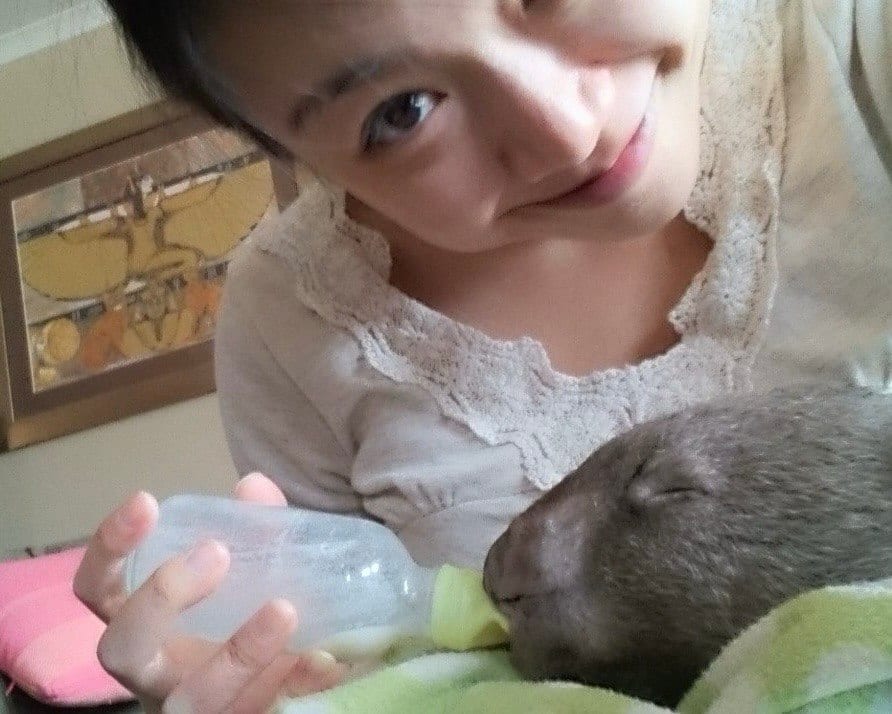
Social media accelerated this cultural awakening. “The truth is no longer hidden. We see it instantly, from anywhere in the world. The question is, now that we know, what will we do?”
Even in conservative Hong Kong, the shift was palpable. That same year, supermarkets began charging for plastic bags, sparking conversations about broader single-use habits.
One unexpected breakthrough was women in Hong Kong openly discussing menstrual cups. “That was revolutionary,” Lee recalled. “In a society where even talking about sexuality was taboo, women were suddenly exploring reusable alternatives for their own bodies. It was a cultural shift.”
FINDING AN ALLY AT THE TOP
What began as Lee’s side project at P&G – starting a sustainability team – soon gained real traction, thanks to an unexpected champion.
While juggling her day job as a senior scientist, she rallied colleagues into what became a small sustainability taskforce. “Management told me, if you want to do this on top of your job, go ahead. So, I did. And 11 people joined me,” she recalled with a laugh.
Her turning point came when the company’s Singapore-based CFO, a Belgian executive with a personal interest in sustainability, stepped in. Influenced by his wife, who worked in the NGO sector, he had long been searching for someone on the ground to lead such efforts.
“He said, Maggie, if you want to do this, I’ll give you funding. And because he held the purse strings, that meant a lot,” she said.
Crucially, he placed her initiative under the employee benefits group – a strategic move that meant no one could cut the programme without justification.
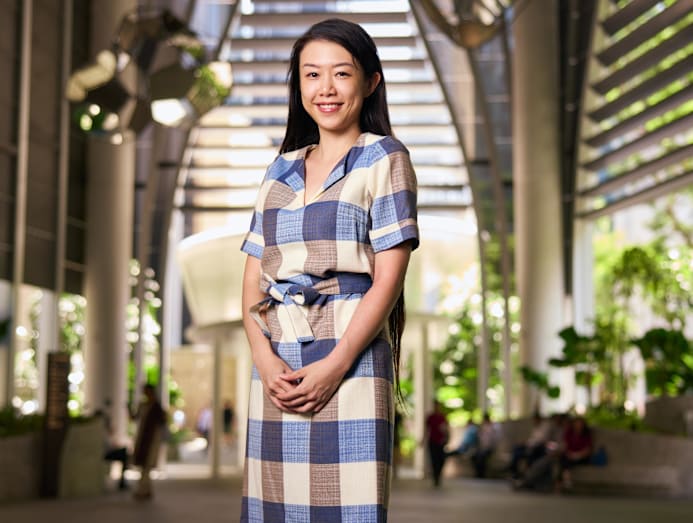
With legitimacy came exposure. Journalists soon came knocking, curious about what P&G was doing differently. Trained in media handling, Lee became one of the company’s public voices on sustainability, liaising with the multinational’s headquarters in Cincinnati, United States, for data and insights.
“That’s how I gained legitimacy,” she reflected. “Not just internally, but in the wider conversation too.”
After six years at P&G, Lee swapped consumer goods for conservation, joining WWF Singapore in 2017 to drive market transformation. She left in 2019 to pursue other roles in the sustainability space, but returned to WWF in 2022, this time as regional head – uniting corporate strategy with environmental purpose on a far larger stage.
STORIES FOR A GREENER FUTURE
For Lee, environmental awareness came relatively late in life. It was precisely that realisation – that something so central had slipped under her radar for so long – that inspired her to reach the next generation earlier.
“Kids don’t like textbooks,” she said matter-of-factly. “But if it’s a storybook – something fun, recreational – then they might actually want to pick it up.”
That conviction led to her writing her two illustrated children’s books. Both explore a theme at the heart of her environmental philosophy: “When resources are ungoverned, people will consume more than they need, until eventually, there’s nothing left. That’s exactly what’s happening today.”
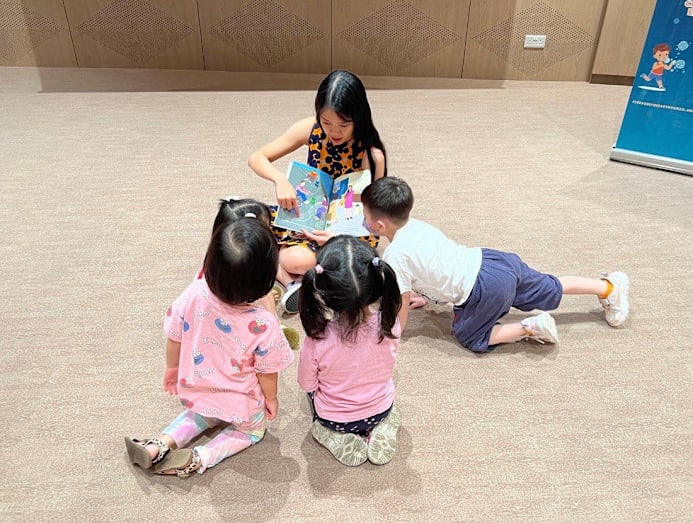
But Lee didn’t stop at publishing. She brought her books directly to communities, reading at libraries across Singapore – spaces that are free, accessible, and welcoming.
The events are lively: Kids running around, playing, learning about fish and rivers while parents sneak a precious hour to themselves. “Parents love it,” she laughed. “It’s one hour where someone else is entertaining their kid.”
With support from the SG Eco Fund and the National Library Board, Lee has donated over 1,000 books to hospitals, orphanages, and charities like Ronald McDonald House Charities Singapore. “I make nothing from royalties,” she added. “The goal is to give children access, not to profit.”
And yet, the children aren’t always the only ones learning. Lee has noticed parents lingering in the back of the room, listening intently.
“When adults come up to me after and say, ‘I learned something today’, that’s when I know it worked,” she said. “Because they’ll bring the learnings home, they’ll talk about it. That’s when a story becomes part of a family.”
SHAPING THE FUTURE, STARTING TODAY
If there’s one message Lee wants to leave young women with, it’s this: Sustainability is not optional; it’s fundamental.
“For girls interested in STEM (science, technology, engineering, and mathematics), I would highly recommend focusing on sustainability,” she said. “It’s just like driving. No driver can ignore safety. It’s an essential part of the journey.”
Her words echo a growing truth in today’s world: Sustainability is no longer confined to environmental science or NGO work. Whether you’re in finance, tech, healthcare, or design, understanding how your field interacts with the planet is becoming as vital as mastering the basics of your profession.
The future belongs to those who can see the connections, between data and ecosystems, between products and waste, between innovation and its unintended consequences.
Lee frames it as a matter of foresight. “Today is the first part of the future,” she said. “If we want a preferable future, we need to start shaping it now.”
CNA Women is a section on CNA Lifestyle that seeks to inform, empower and inspire the modern woman. If you have women-related news, issues and ideas to share with us, email CNAWomen [at] mediacorp.com.sg.






